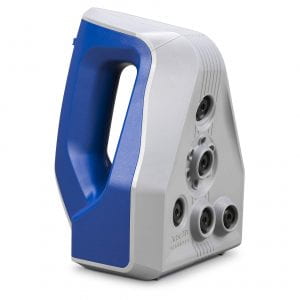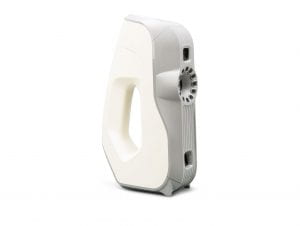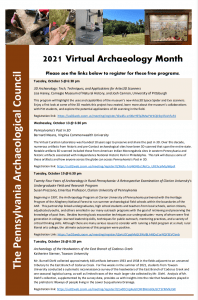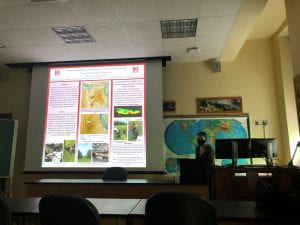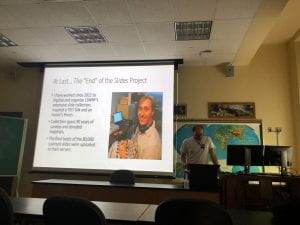
Ann Axtell Morris.
Is anyone else patiently waiting for the movie Canyon del Muerto, which is currently in production right now? Well, I certainly am! This film I am referring to is expected to be released sometime near the end of this year, and seeks to retell the story of Ann Axtell Morris, one of the first female archaeologists in America. She worked in the 1920s and 30s in the American Southwest and Mesoamerica and was married to Earl Morris, another archaeologist, who some say was the inspiration for Indiana Jones!

Morris sketching at Chichén Itzá.
Ann was born in Omaha, Nebraska in 1900, graduated from Smith College, went to the American School of Prehistoric Archaeology in France, and married Earl Morris in 1923. Along with being a prominent archaeologist, she is known for her artistic abilities with painting and for being an author of two books titled, “Digging the Yucatan” and “Digging in the Southwest.” She excavated throughout the American Southwest, Mexico, as well as Chichén Itzá, Yucatan. Some places where she excavated are now national parks, such as Mesa Verde National Park, Canyon de Chelly National Monument, and the Aztec Ruins National Monument. As a female archaeologist Ann faced many obstacles, such as the fact that although her books were published, they were marketed to older children by publishers that did not accept the idea that a women could create literature about archaeology for adults. She was seen as “radical” for wearing men’s clothing, using a trowel, and sleeping in camps full of men in remote locations.
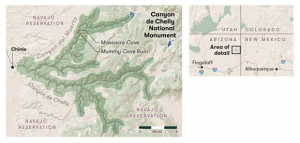
The Morrises investigated several sites throughout the Navajo Nation.
Despite setbacks due to prejudices, this revolver carrying women continued to trailblaze a successful career. After arriving in Chichen Itza, archaeologist Sylvanus Morley (another inspiration for Indiana Jones), assumed she would play the role of a babysitter or hostess at the site, however she convinced him to let her excavate a small, overlooked temple from which she copied many of the wall art which were included in a book she co-authored titled “Temple of the Warriors at Chichén Itzá, Yucatan.” She fostered the idea that the Anasazi were not nomadic hunter-gatherers, but rather had cities and civilizations, from her work in the Four Corners region. She helped excavate Massacre Cave in Canyon del Muerto, uncovering the remains of those slaughtered by Spanish soldiers almost 120 years ago, and Mummy Cave which houses a three-story tower built by the Anasazi and of course mummies of many ages and genders, wearing shell and bead jewelry. Mummy Cave was also where Ann spent her honeymoon with Earl, brushing off mummies and shooing away mice.
Many do not note her accomplishments, remembering only that at beginning in the 1930s she became a recluse. The cause is still unknown, but after having two daughters and settling down in Boulder, Colorado, she remained in her room most of the time. Many seem to now agree that a combination of alcoholism, diabetes, arthritis, and depression are to blame for this “life of the party” woman’s self-removal from society. She passed away at the age of 45 in “self-imposed solitude,” the cause still unknown. The movie will portray explanations for Ann’s death; her families understanding of her having “weak bones and the arthritis of the Axtells,” and the idea that her death was caused after disrupting the dead, based on Navajo death taboo beliefs.

British actress Abigail Lawrie.
Morris stated in one of her books that archaeology is “a rescue expedition sent into the far places of the earth to recover the scattered pages of man’s autobiography.” The movie based on her work in the 1920s will hopefully act as an autobiography of her work and life. As some of the first archaeologists to hire Navajo people to work in their digs (Ann even spoke a little Navajo), the film crew is taking a page out of Ann and Earl Morris’s book by heavily involving the Navajo nation in their moviemaking. The crew has even been allowed by the Navajo nation to film at Canyon del Muerto, something never allowed to film crews before! The film is directed by Coerte Voorhees, and British actress Abigail Lawrie will play Ann Morris while Tom Felton from Harry Potter will play Earl Morris. The movie will also include veteran actors like Val Kilmer, Q’orianka Kilcher, Ewen Bremner, and Wes Studi, along with Johnathan Nez who is the president of the Navajo Nation and will be portraying a time-traveling incarnation of an Anasazi. Be on the lookout, it is sure to satisfy anyone interested in archaeology!
Ann Axtel Morris was an incredible female archaeologist during a time when her gender impeded the extent of her career. However, through her own efforts and “in telling her own story, she wrote herself into the history of American archaeology.”
References:
https://www.smithsonianmag.com/arts-culture/land-ancient-ones-ann-axtell-morris-cinematic-treatment-180978344/
https://www.nps.gov/people/ann-axtell-morris.htm
Check Us Out:
Follow IUP Anthropology on Facebook, Twitter, and Instagram





















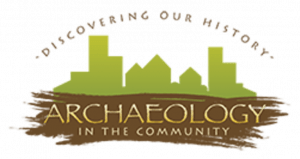
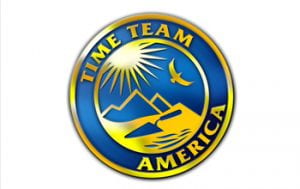 You may have also seen Dr. Jones teaching field schools on PBS’s “Time Team America” a show that aims to give viewers an “over the shoulder” look into what archaeologists do. These field schools took place at a plethora of sites in Maryland, Oklahoma, and Colorado and involved students at the junior high and high school level. Jones taught them how to properly conduct an archaeological project including how to survey, keep records, and conserve the artifacts that they found. Additionally, at the Josiah Henson site, Dr. Jones taught her students about the importance of working with the decendent communities to gain a greater understanding of the people who inhabited the area.
You may have also seen Dr. Jones teaching field schools on PBS’s “Time Team America” a show that aims to give viewers an “over the shoulder” look into what archaeologists do. These field schools took place at a plethora of sites in Maryland, Oklahoma, and Colorado and involved students at the junior high and high school level. Jones taught them how to properly conduct an archaeological project including how to survey, keep records, and conserve the artifacts that they found. Additionally, at the Josiah Henson site, Dr. Jones taught her students about the importance of working with the decendent communities to gain a greater understanding of the people who inhabited the area.